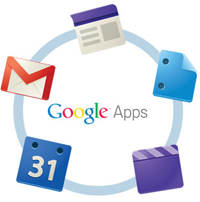In preparation for the FY14 budget year, we’ve implemented a new process for requesting technology projects. The Project Management Office (PMO) was recently established to allow for better allocation of Technology resources to support academic and administrative departments in managing technology related projects. Under this new process, all technology project requests will require approval from President Drinan’s Operating Committee and the timing of the project will be linked to the budget cycle.
There are several benefits to this new process. Foremost, Technology will be able to provide an increased level of project management support throughout the project life cycle, including assistance with developing business requirements, costing, vendor identification, project planning, and project implementation. In addition, the involvement of the Operating Committee in the process will ensure that approved projects are furthering the College’s strategy.
What types of projects need to follow this process? Projects that have any of the following characteristics must follow the new guidelines:
• Hardware or software purchase in excess of $5,000
• ANY Simmons data that is sent to a third party
• Requires more than 30 hours of Technology staff time to assist with project activities such as: requirements, development, testing, configuration, implementation or ongoing maintenance
• Requires integration/interfaces or other communication with existing systems
• Requires custom extracts from existing systems
Members of the Technology team have attended department meetings in recent months to review the process and to provide guidance on submitting project requests. In March, Technology will present all completed proposals to President Drinan’s Operating Committee for consideration and they will make decisions on which projects to approve in late March.
If you have additional questions about the PMO, please see this FAQ or contact Deborah Bernstein ([email protected] or x2061).

